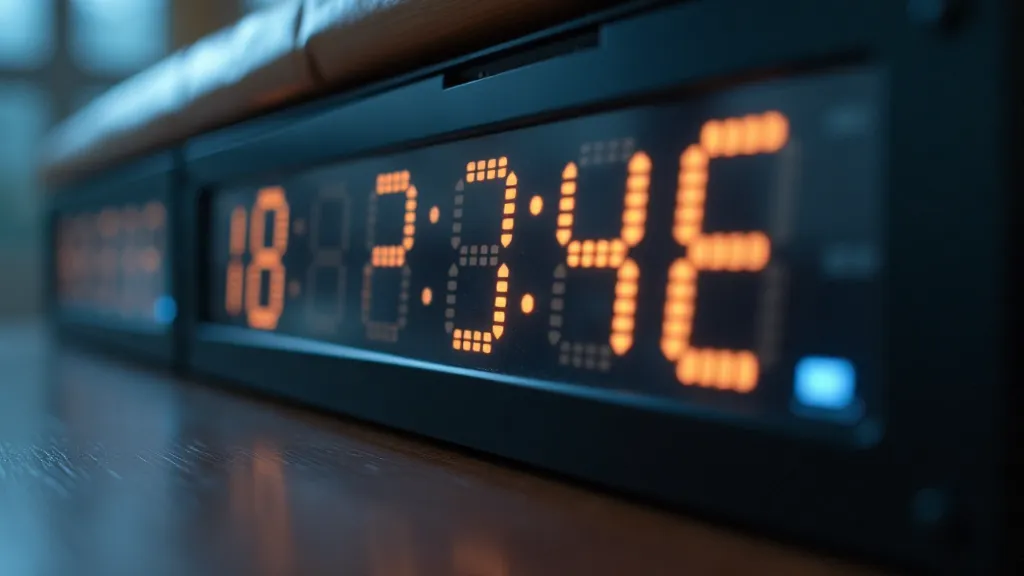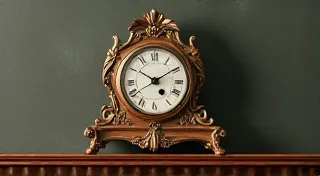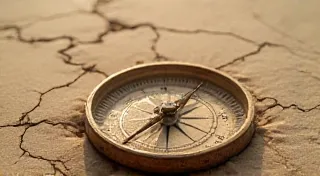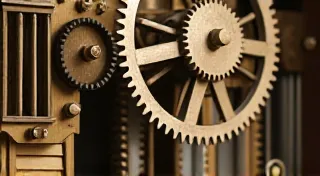Quartz vs. Mechanical Clocks: Understanding the Difference
Understanding the fundamental differences between quartz and mechanical clocks is crucial for anyone interested in antique clocks, collecting, or simply appreciating the ingenuity of timekeeping devices. While both serve the same basic function – telling time – their mechanisms, histories, and value differ significantly. This guide explores these distinctions, providing a clear comparison for enthusiasts of all levels.
The Mechanical Clock: A Legacy of Gears and Springs
Mechanical clocks represent centuries of horological innovation. Their operation relies on intricate systems of gears, levers, and a power source, traditionally a mainspring. As the mainspring slowly unwinds, it releases energy that drives the clock’s mechanism, moving the hands across the dial. These clocks were entirely reliant on the precision of their components and the skill of the clockmaker.
A Brief History: The earliest mechanical clocks appeared in Europe during the 14th century. These were large, often tower clocks, marking the time for entire communities. Over time, smaller, more personal timekeeping devices evolved, including table clocks, longcase clocks (grandfather clocks), and mantel clocks. The 18th and 19th centuries saw incredible advancements in mechanical clockmaking, with complex features like automata (moving figures) and elaborate chimes becoming increasingly common. The level of craftsmanship involved makes many mechanical clocks highly sought-after collectibles.
Key Characteristics of Mechanical Clocks:
- Reliance on intricate gear systems
- Powered by a mainspring or weights
- Requires periodic winding
- Subject to inaccuracies over time (requiring adjustments)
- Often handcrafted and possessing significant aesthetic value
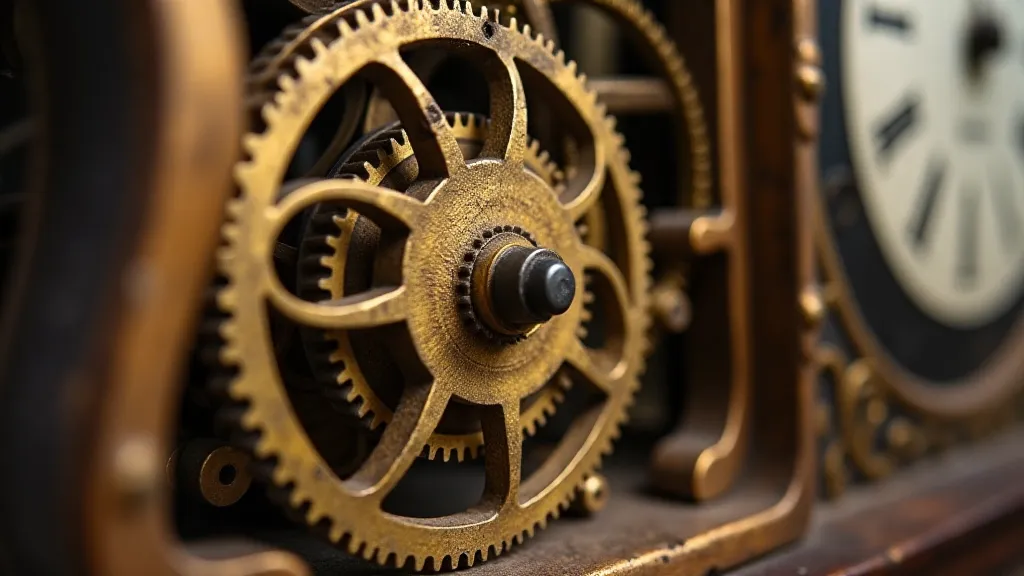
The Quartz Clock: Precision and Affordability
Quartz clocks represent a radical shift in timekeeping technology. Instead of gears and springs, they utilize the piezoelectric properties of a quartz crystal. An electrical current is passed through the crystal, causing it to vibrate at a precise frequency. This vibration is then used to regulate a digital circuit, which drives the hands or displays the time digitally.
A Brief History: The development of quartz clocks began in the 1920s, but they didn't become commercially viable until the 20th century. The first quartz clocks were very expensive and used primarily in scientific applications. The invention of the microchip in the 1960s made mass production affordable, revolutionizing the watch and clock industry. Quartz clocks quickly became dominant due to their accuracy and low cost.
Key Characteristics of Quartz Clocks:
- Utilizes a quartz crystal oscillator
- Powered by a battery
- Highly accurate (requiring minimal adjustment)
- Generally less expensive to produce
- Often mass-produced, lacking the handcrafted quality of antique mechanical clocks
Comparing Quartz and Mechanical Clocks: A Table
| Feature | Mechanical Clock | Quartz Clock |
|---|---|---|
| Power Source | Mainspring or weights | Battery |
| Accuracy | Less accurate (requires adjustment) | Highly accurate |
| Complexity | Complex gear system | Relatively simple electronic circuit |
| Cost | Can be expensive (especially antique models) | Generally less expensive |
| Craftsmanship | Often handcrafted and possessing high aesthetic value | Often mass-produced |
Identifying Antique Clocks: Knowing the Difference is Key
When identifying antique clocks, determining whether it’s mechanical or quartz is the first crucial step. Quartz movements are a relatively recent invention; their presence instantly disqualifies a clock from being genuinely antique (generally considered to be over 100 years old). The telltale sign is the lack of winding holes or weights; instead, you’re likely to see a battery compartment.
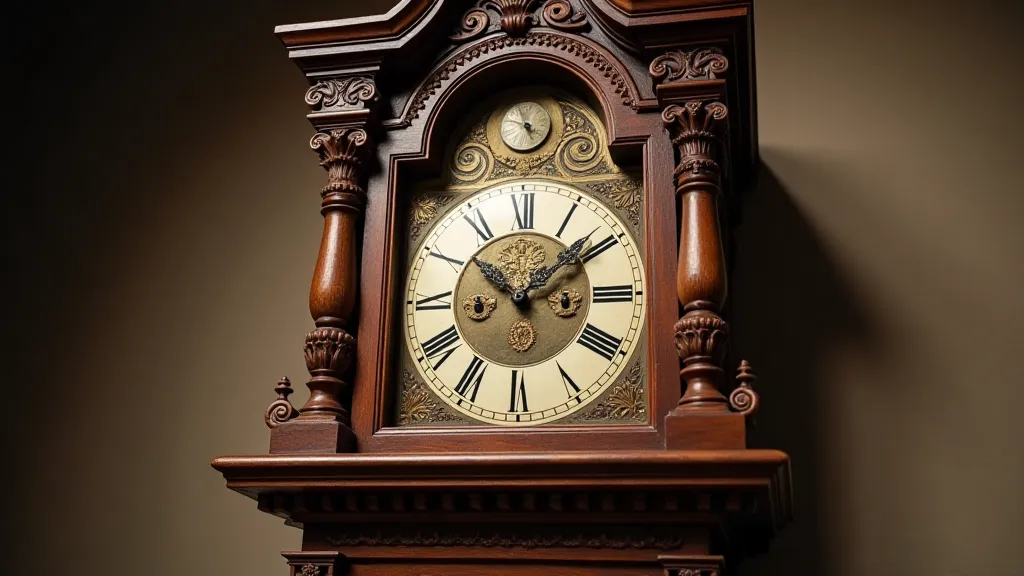
Conclusion: Appreciating the Evolution of Timekeeping
Both quartz and mechanical clocks represent significant milestones in the history of timekeeping. While quartz clocks offer accuracy and affordability, mechanical clocks possess a legacy of craftsmanship and ingenuity that makes them prized possessions. Understanding the differences between these two types of clocks is not only essential for identification and collecting, but also for appreciating the remarkable evolution of how we measure and track time.
